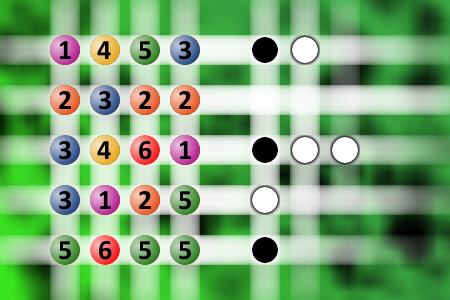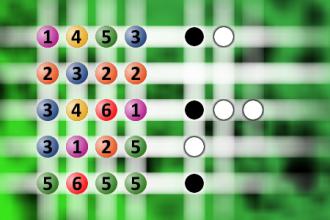Find the right combination
The computer chose a secret code (sequence of 4 digits from 1 to 6). Your goal is to find that code. Black circles indicate the number of hits on the right spot. White circles indicate the number of hits on the wrong spot.Correct answers: 35
The first user who solved this task is Mita Kojd.
#brainteasers #mastermind

April Fool's Day - Here are 5 pranks you can play on people
1. Hide an alarm clock in someone’s bedroom and set it for 3:00 a.m.
2. Remove the shower head and place a Lifesavers candy in it, then put the head back on.
3. Remove the shower head and place a chicken bouillon cube in it, then put the head back on.
4. Rearrange somebody’s drawers or file cabinets in a different order.
5. Tape magnets to the bottom of a cup, put it on the roof of your car and drive around.
2. Remove the shower head and place a Lifesavers candy in it, then put the head back on.
3. Remove the shower head and place a chicken bouillon cube in it, then put the head back on.
4. Rearrange somebody’s drawers or file cabinets in a different order.
5. Tape magnets to the bottom of a cup, put it on the roof of your car and drive around.

